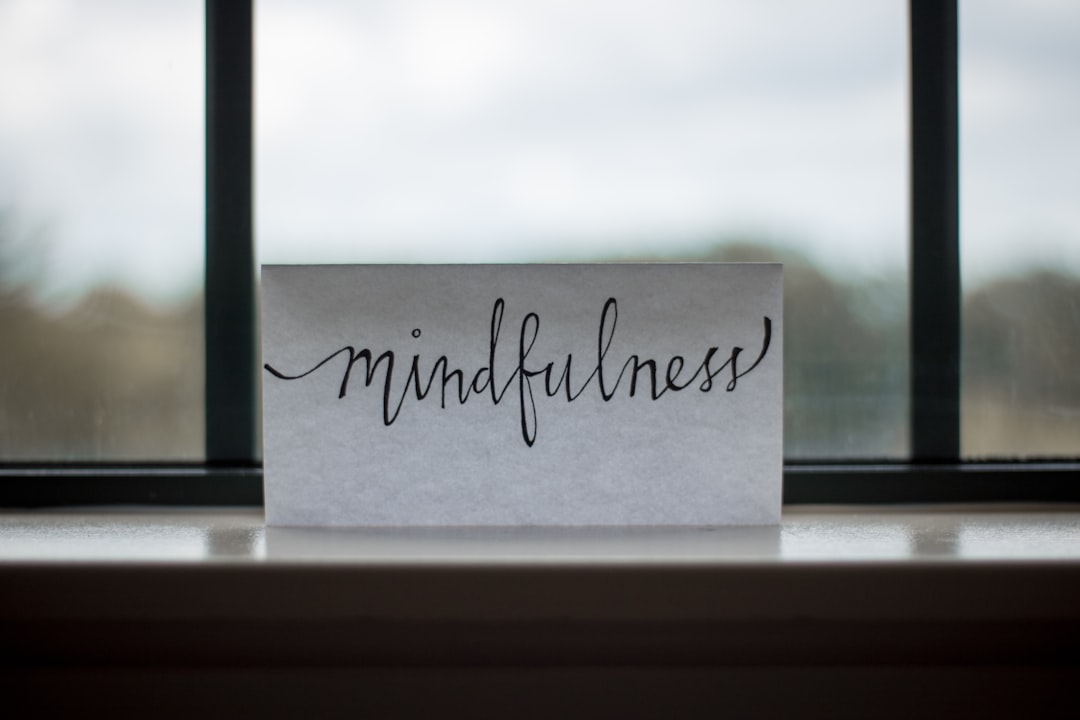How to Meditate for Beginners: A Step-by-Step Guide
Introduction
Meditation is like a gentle breeze that sweeps through your mind, calming the chaos and nurturing peace within. It’s a practice embraced by millions around the world, not only for its spiritual benefits but also for mental clarity and stress relief. If you’re new to the world of meditation, you might wonder how sitting quietly could possibly make a difference. But trust us, even a few minutes can transform your day. Whether you’re seeking a moment of peace, enhanced focus, or a way to manage stress, starting your meditation journey might just be the key. So clear a little corner, grab a cushion, and let’s explore the transformative world of meditation together.
Benefits of Meditation for Beginners
 Image courtesy: Unsplash
Image courtesy: Unsplash
Meditation offers a multitude of benefits, especially for beginners who are just discovering the transformative power of this practice. Engaging regularly in meditation can lead to profound changes not only in your mental health but also in your overall life quality.
Stress Relief
One of the most celebrated benefits of meditation is its ability to reduce stress. When you meditate, you
Basic Meditation Techniques for Beginners
Meditation can seem daunting to the beginner, but with a few simple techniques, you can embark on this restorative journey. Mastering the basics sets a strong foundation for your ongoing practice. Here are a few techniques to help you get started.
Mindfulness Meditation
Mindfulness meditation is a great starting point for beginners. It involves paying attention to your thoughts as they pass through your mind. You observe your thoughts without judgment or involvement. Practice it in a quiet space: simply sit comfortably, close your eyes, and begin to focus on your breath. Feel each inhalation and exhalation. When your mind wanders—and it will—gently guide it back to focusing on your breath. Start with just five minutes a day, and gradually increase the time as you feel more comfortable with the process.
Breathing Techniques
A core element of many meditation practices is focused breathing. This technique is particularly effective for calming your mind and reducing stress. To practice, find a quiet place to sit or lie down comfortably. Close your eyes, and take a slow, deep breath through your nose, allowing your chest and lower belly to rise. Hold your breath for a few seconds, then slowly exhale through your mouth. Repeat this pattern for several minutes, focusing entirely on your breathing. This can help clear the mind and encourage a state of relaxation.
Body Scan Meditation
Body scan meditation involves focusing on different parts of your body to achieve a state of deep relaxation. Start by lying down in a comfortable position. Close your eyes, and begin to focus on your feet. Notice any sensations you feel. Gradually move your attention up through different parts of your body—legs, abdomen, chest, hands, arms, neck, and head. Take your time to feel each area, noticing any tension or discomfort, but without trying to change anything. This practice helps develop a mindful awareness of bodily sensations and can be very effective in relieving physical stress.
Overcoming Common Challenges
As rewarding as meditation can be, it also comes with its set of challenges. Here are some tips to help beginners overcome these obstacles.
Dealing with a Busy Mind
It’s natural for your mind to wander during meditation, especially when you’re new to the practice. This doesn’t mean you’re doing anything wrong. Each time you notice your mind wandering, acknowledge the distraction and gently bring your focus back to your breath or chosen point of concentration. With regular practice, you will find it easier to maintain your focus for longer periods.
Maintaining Consistency
One of the biggest challenges beginners face is consistency. To build a steady practice, set a specific time and place for meditation each day. Treat this time as a crucial appointment with yourself. Find a routine that works for you, whether it’s first thing in the morning, during a midday break, or before you sleep at night. Consistency in meditation is key to experiencing its full benefits.
Finding Motivation
Staying motivated can be tough, especially in the early stages when you might not see immediate results. It’s helpful to set short-term goals, like meditating for five minutes every day for a week, and gradually increasing the time. Also, keep a journal to document your experiences and progress. Reflecting on these can provide a motivational boost. Finally, consider joining a meditation group or finding a meditation buddy to help sustain your enthusiasm. Remember, the journey is as important as the destination.
Tips for Deepening Your Practice
 Image courtesy: Unsplash
Image courtesy: Unsplash
Guided Meditation Apps
Guided meditation apps can be incredibly beneficial for beginners. They provide structured meditation sessions with voice instructions, which help guide your thoughts and maintain focus. Popular apps like Headspace, Calm, and Insight Timer offer a variety of guided sessions ranging from a few minutes to longer durations, tailored to various goals like reducing anxiety or improving sleep. These apps often feature beginner-friendly tutorials that help demystify the practice and build a solid foundation for your meditation journey.
Joining a Meditation Group
Participating in a meditation group can enhance your practice significantly. Being part of a community provides support and motivation to keep up with regular sessions. It also gives you the opportunity to learn from experienced practitioners. Many communities, whether online or in person, hold regular meetings and provide a range of activities including guided meditations, group discussions, and sometimes even retreats. This social interaction can make the process more engaging and deeply enriching.
Experimenting with Different Techniques
Don’t hesitate to try out various meditation techniques to find what works best for you. Each method offers unique benefits and experiences. For instance:
– Mindfulness Meditation: Focuses on being intensely aware of what you’re sensing and feeling in the moment, without interpretation or judgment.
– Transcendental Meditation: Involves silently repeating a personal mantra, which allows your body to settle into a state of profound rest and relaxation.
– Body Scan: This technique involves mentally scanning your body for areas of tension and consciously relaxing them.
Experimenting with these techniques can keep your practice fresh and help you understand more deeply how your mind works. Remember, the goal of meditation isn’t to become a different person, but rather to become more aware and at peace with who you are.
Conclusion
Congratulations on taking your first steps into the world of meditation! Remember, the key to successful meditation is consistency. Don’t be discouraged if it feels difficult at first; like any other skill, it takes practice and patience to master. Set aside a little time each day for your practice, and gradually, you’ll start to notice the myriad benefits it brings. From reduced stress to greater mindfulness, meditation can truly transform your daily life. Embrace this journey and let the peacefulness unfold.




